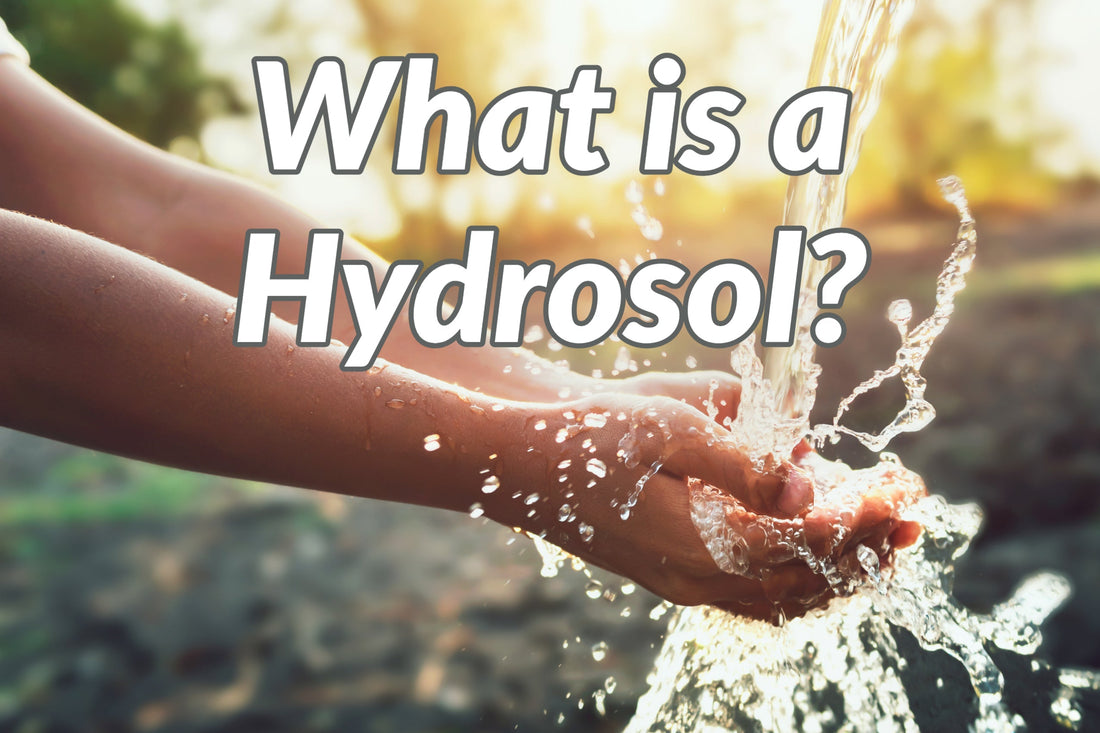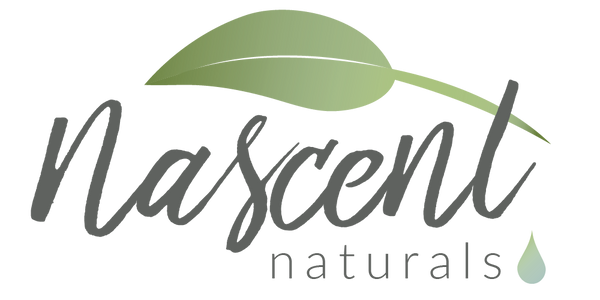
What is a Hydrosol?
Share
What is a Hydrosol?
A by-product or co-product obtained from the distillation of essential oils or other plant material. Also called Hydrolats and Floral Water, however only water obtained via distillation should be referred to as a hydrosol or hydrolat. If an essential oil has been distilled then a hydrosol potentially exists. However, only a small percentage of hydrosols make it to market or are available for sale.

Steam Distillation Diagram
Many distillers throw the hydrosol away or only sell them locally, since the water is heavy and bulky to ship with a low return on investment. For example, a ti-tree hydrosol may be great to sell locally in Australia, but to ship to North America can become cost prohibitive. Others will not use purified water to start as they want to save on costs or do not intend to sell the hydrosol. This attitude has changed in recent years as essential oil producers have recognized the value of this emerging market. Therefore, more hydrosols are available even if they are sold to local markets.
Some companies sell essential oils solubilized in water with unknown chemicals as a "floral water" so always make sure it came from distillation process.

Make sure what's in your hydrosol isn't a mystery to you
Only water soluble components end up in this water so don’t expect it to smell exactly like the essential oil. This is always an important clue when purchasing these precious waters. Because these waters were created at high heat, their aromatic properties will better survive further manufacturing processes. Some of the most popular hydrosols are rose, orange blossom, chamomile, lavender and sweetgrass-hydrosol. Beware of companies selling essential oils dissolved in water with chemicals or alcohols. These are not hydrosols. Besides, you can make those for pennies a bottle.
As far back as the 14th century, many of these waters were coined "Eau de Toilette" which translates to "grooming water". Some of the most popular were rose, neroli (orange blossom), geranium and verbena, although any plant which was distilled for essential oil and offered some fragrant properties usually ended up in a glass bottle and only afforded by the affluent looking to cover bad body odour. The term is still very popular in Europe even today, however, hydrosol seems to have caught on in North America as people have difficulty using a product on their face with the inference of "toilet" in the name.

In most cases, hydrosols are very pleasant and friendly to the skin. These waters are mildly antiseptic, astringent, and lightly fragrant. They can be applied directly to the skin as a toner, mixed with creams, in facial compresses, lotions or used as a body splash. A great alternative to essential oils when treating children and are often referred to as the ‘gentle or subtle aromatherapy.’ When possible, use instead of just water. Also heavily used in the cosmetic industry for creams, soaps, specialty ingredients etc.
Aromatic and herbal waters tend to be substances which have been created through distillation of a plant, where no stable essential oil can be obtained. Some of the more popular ones are sweetgrass and witch hazel. So if you purchased a sweetgrass or witch hazel essential oil, you have been duped! It will be a manufactured oil. Conversely, purchasing a "hydrosol" from oil that is not obtained by distillation such as jasmine absolute, you will also be purchasing a false or

Strawberry Hydrosol - also a sham
manufactured product. Jasmine hydrosol does not exist so buyer beware...
We only sell hydrosols which we have directly distilled or can confirm resulted from distillation. Our small but quality list includes balsam fir, black spruce, cedarleaf, chamomile, frankincense, lavender, rose, yarrow and witch hazel.
You're Welcome
Sandy Powell
